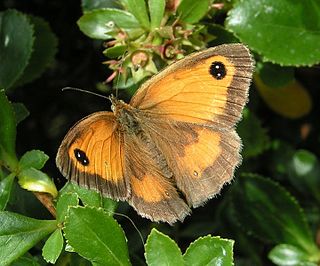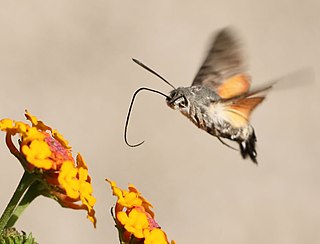Related Research Articles
The Heliconiinae, commonly called heliconians or longwings, are a subfamily of the brush-footed butterflies. They can be divided into 45–50 genera and were sometimes treated as a separate family Heliconiidae within the Papilionoidea. The colouration is predominantly reddish and black, and though of varying wing shape, the forewings are always elongated tipwards, hence the common name.

Castniidae, or castniid moths, is a small family of moths with fewer than 200 species: The majority are Neotropical with some in Australia and a few in south-east Asia. These are medium-sized to very large moths, usually with drab, cryptically-marked forewings and brightly coloured hindwings. They have clubbed antennae and are day flying, and are often mistaken for butterflies. Indeed, some previous classification systems placed this family within the butterflies or skippers. The Neotropical species are commonly known as giant butterfly-moths, the Australian and Asian species as sun moths. The larvae are internal feeders, often on roots of epiphytes or on monocotyledons.

The Satyrini are a huge tribe of the Satyrinae butterflies, containing the graylings, ringlets, and allies. They belong to the Nymphalidae (brush-footed) family. The classification used here is based on the new work by Wahlberg et al.

Macroglossini is a tribe of moths of the family Sphingidae described by Thaddeus William Harris in 1839.

Josia is a genus of moths of the family Notodontidae erected by Jacob Hübner in 1819.

Telchin licus, the banana stem borer, is a moth of the Castniidae family. It is native to South America, where it is found from Colombia, Venezuela and the Guianas, throughout the Amazon basin in Brazil and Peru. It has also been recorded as an introduced species in Hawaii.
Athis is a genus of moths within the family Castniidae. It was described by Jacob Hübner in 1819.
Corybantes is a genus of moths within the family Castniidae. It was described by Jacob Hübner in 1819.
Castnius is a genus of moths within the family Castniidae. It was described by Jacob Hübner in 1819.

Zegara zagraea is a moth of the Castniidae family. It is found in Central America and northern South America.
Haemonides is a genus of moths within the family Castniidae.
Corybantes pylades is a moth in the Castniidae family. It is found in Surinam, Brazil (Amazonas) and French Guiana.

Corybantes veraguana is a moth in the Castniidae family. It is found in Panama, Colombia and Ecuador.
Zegara personata is a moth in the Castniidae family. It is found in Colombia and Ecuador.
Mirocastnia smalli is a moth in the Castniidae family. It is found in Panama. The habitat consists of a forest with Colpothrinax cookii palms, several moss covered trees and Bromeliaceae species.
Mirocastnia pyrrhopygoides is a moth in the Castniidae family. It is found in Ecuador, Peru and Colombia.
Mirocastnia canis is a moth in the Castniidae family. It is found in Peru.
Haemonides candida is a moth in the Castniidae family. It is found in Peru and Guyana.
Haemonides cronida is a moth in the Castniidae family. It is found in Peru, Suriname and Venezuela.
Haemonides cronis is a moth in the Castniidae family. It is found in Mexico, Trinidad, Suriname, French Guiana, Brazil and Peru.
References
| This article relating to moth family Castniidae is a stub. You can help Wikipedia by expanding it. |